Environmental
1966
Small groups of manatees were spotted gathering along power plant canals, possibly for the first time. These manatees were attracted to the warm waters discharged from the power plants, many of which were owned by FPL.

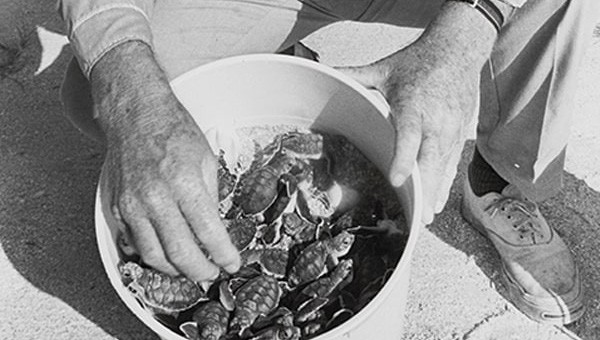
1972
FPL launched one of the first Environmental Affairs departments in the country. It included an ecologist, toxicologist, meteorologist and geohydrologist.

1974
FPL started a “turtle watch,” where FPL employees carefully moved endangered turtle eggs at St. Lucie and Turkey Point to a safe location away from plant activities.
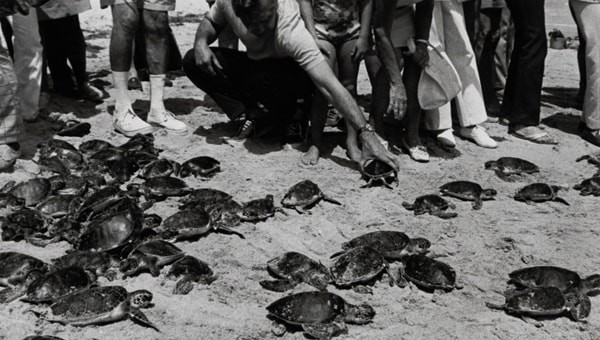

1983
By 1983, FPL had reduced its oil fuel power generation to 42 percent.

1992
FPL reported that its power plant emissions were “the lowest of any investor-owned utility in the state and are 70 percent lower than the national average for all utilities.”
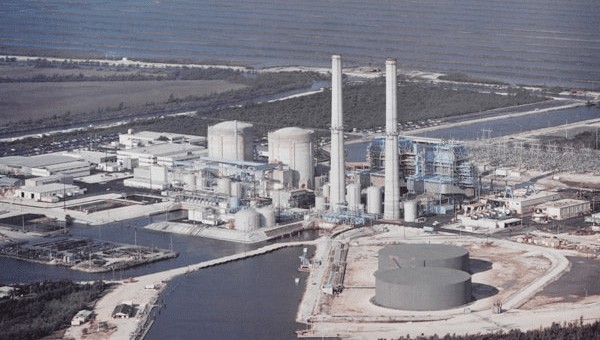

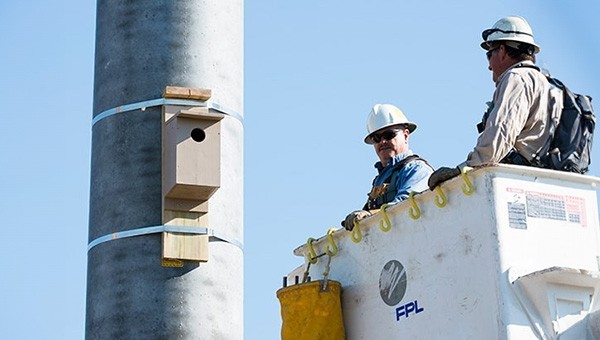
2007
FPL implemented the avian protection program to reduce bird injuries, document utility actions and improve service reliability.

2009
The EPA congratulated FPL Group and 19 other energy companies for their efforts at reducing their carbon footprint. Since 2001, FPL Group had reduced its carbon-dioxide emission by 21 percent.
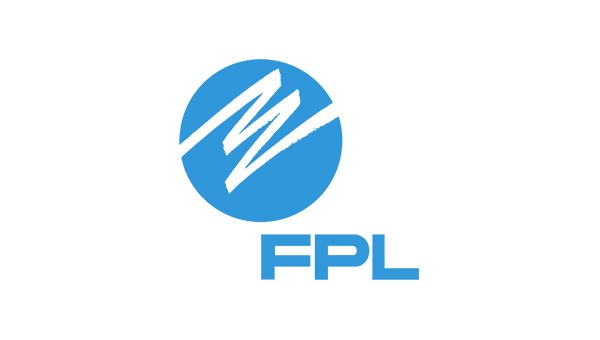

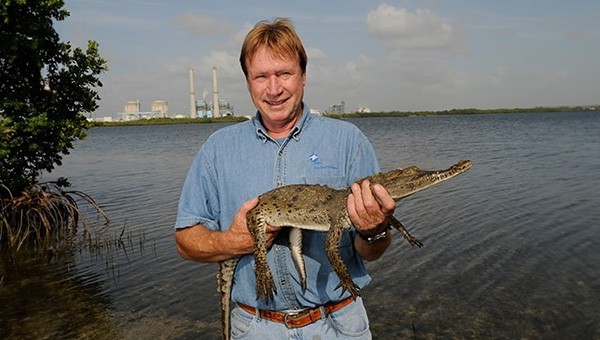
2009
FPL, in coordination with University of Florida biologists, expanded efforts to protect and monitor the crocodiles nesting in the cooling canal system at Turkey Point Power Plant.

2010
FPL launched an online Manatee Cam for the public to view the nearly 1,200 manatees that congregated near FPL’s Riviera Beach Power Plant, where energy produced by the plant warmed the water. At the time, the plant was closed for upgrades, but FPL had installed special water heaters to keep the water warm for the endangered manatees.
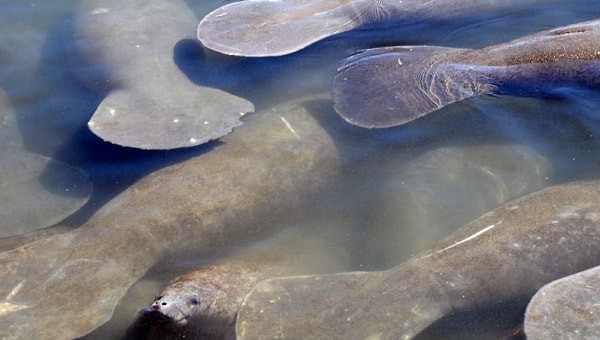

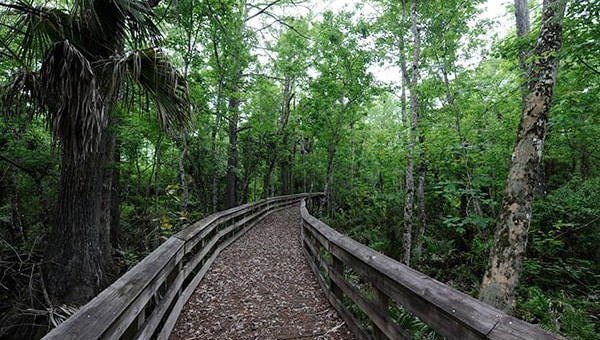
2010
FPL reopened the Barley Barber Swamp, a 400-acre freshwater preserve located on its power plant property in Martin County, to the public.

2011
NextEra Energy’s headquarters in Juno Beach, Florida, achieved the prestigious Gold-level Leadership in Energy and Environmental Design (LEED) certification from U.S. Green Building Council.
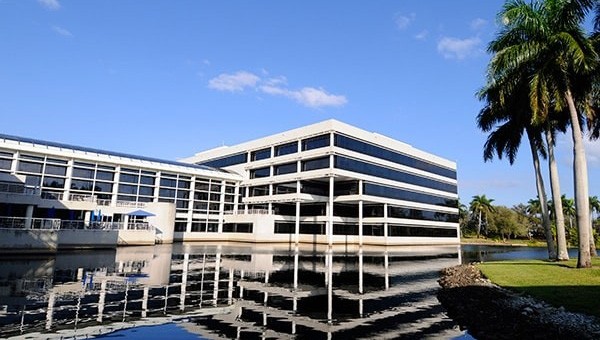

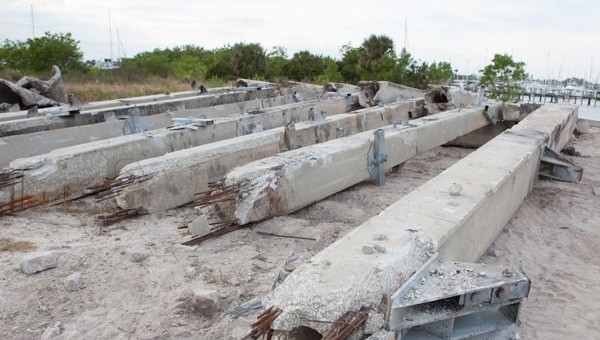
2012
FPL donated 130 recycled concrete poles to St. Lucie County’s artificial reef program, which were submerged off the coast of Fort Pierce to create underwater habitats for marine life.

2014
FPL was selected by the U.S. Environmental Protection Agency to receive the Clean Air Excellence Award, which honors innovative programs that benefit communities, the environment and the economy.
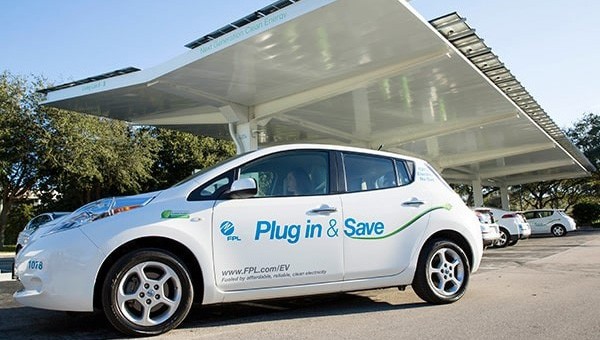


2014
NextEra Energy was ranked as the top green utility in North America and fourth in the world by EI Energy Intelligence’s report based on carbon emissions and renewable energy capacity.

2016
The company opened the Manatee Lagoon — An FPL Eco-Discovery Center. The center educates visitors about the manatees and provides audiences with an accessible place to observe the threatened species.
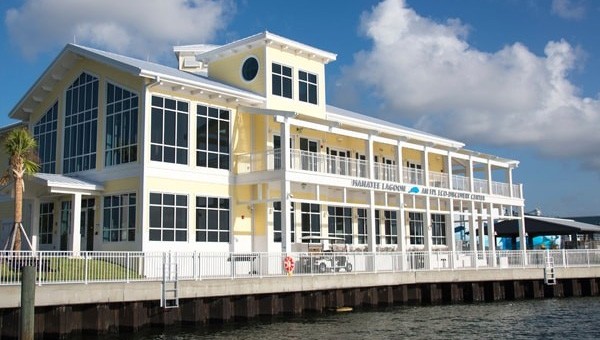

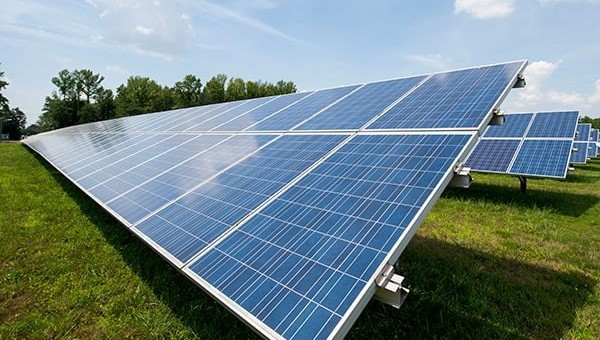
2017
FPL and Audubon Florida launched the Solar Sanctuary program, which promotes pollinators and preserves wildlife habitats for native plants and wildlife at the company’s new solar plant sites.

2020
FPL formally closed the Indiantown Cogeneration plant, its last coal-fired plant in Florida, ending its use of coal in the state.
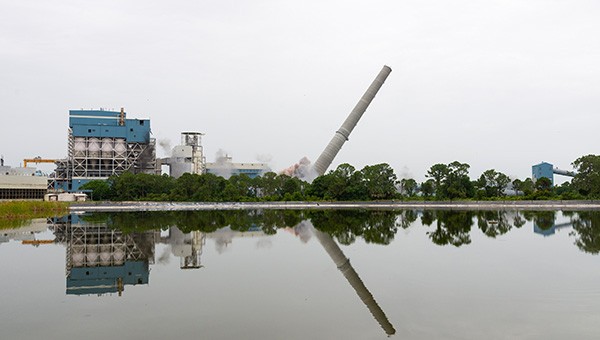

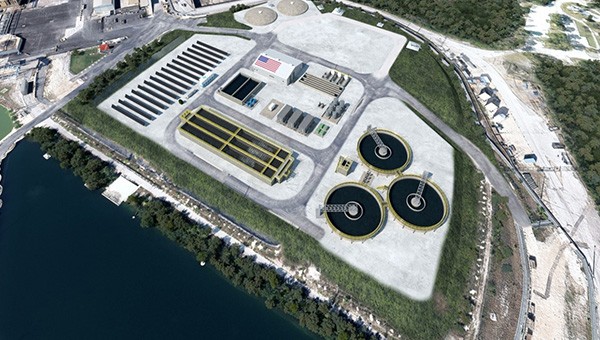
2022
FPL breaks ground on an advanced reclaimed water project in partnership with Miami-Dade County that will reuse treated wastewater from the county at FPL’s Turkey Point Clean Energy Center. The state-of-the-art FPL Miami-Dade Clean Water Recovery Center (CWRC) will further treat and reuse up to 15 million gallons per day of reclaimed water from the South District Wastewater Treatment Plant.
